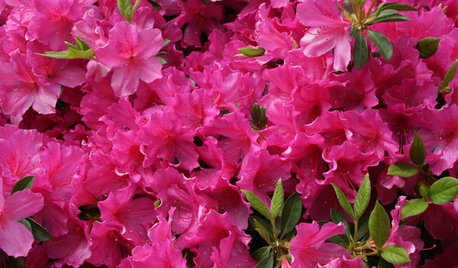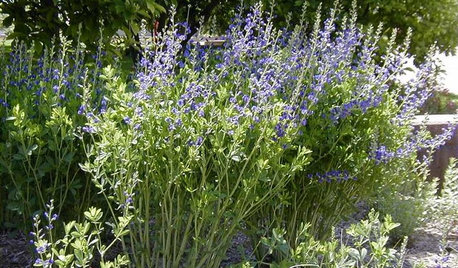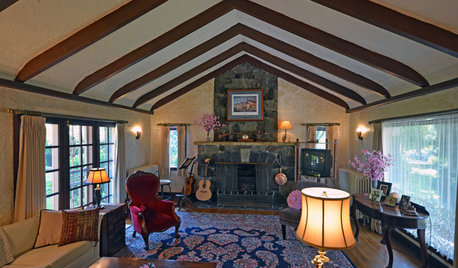Are my Azaleas dying? (Pics)
bmbrown88
14 years ago
Related Stories

MOST POPULAR40 Dogs Who Are Having a Way Better Summer Than You
Houzzers share pics of their canine companions living it up — or getting down with relaxing — on warm days
Full Story
KITCHEN MAKEOVERSKitchen of the Week: Rich Materials, Better Flow and a Garden View
Adding an island and bumping out a bay window improve this kitchen’s layout and outdoor connection
Full Story
SOUTHEAST GARDENINGSoutheast Gardener's April Checklist
Stock up on herbs, keep clippers away from the daffodils and watch for signs of a major impatiens threat
Full Story

DECORATING GUIDESGeorgian-Inspired Elegance Lives on in Today's Homes
Classical design from a bygone era gives today's homes beautiful proportions, subtle color palettes and decorative architectural features
Full Story
GARDENING GUIDES5 Great Plants for Borders and Screens
Get the effects of a shrub but in less time — and drawing more winged pollinators — with these herbaceous perennials
Full Story
HOUZZ TOURSPortland Home Tour Celebrates a Native Son
Step inside 6 midcentury homes highlighting architect Van Evera Bailey’s work
Full Story
LIFEHow to Prepare for and Live With a Power Outage
When electricity loss puts food, water and heat in jeopardy, don't be in the dark about how to stay as safe and comfortable as possible
Full Story







luis_pr
bmbrown88Original Author
Related Professionals
Canton Landscape Architects & Landscape Designers · 70037 Landscape Architects & Landscape Designers · Milwaukee Landscape Architects & Landscape Designers · Rancho Palos Verdes Landscape Architects & Landscape Designers · Suffern Landscape Architects & Landscape Designers · Summit Landscape Architects & Landscape Designers · Willowick Landscape Architects & Landscape Designers · Stamford Landscape Contractors · Berkeley Heights Landscape Contractors · Broadlands Landscape Contractors · Holland Landscape Contractors · South Farmingdale Landscape Contractors · South Portland Landscape Contractors · Stallings Landscape Contractors · Waltham Landscape Contractorsmorz8 - Washington Coast
bmbrown88Original Author
morz8 - Washington Coast
bmbrown88Original Author
rhodyman